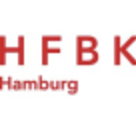Introduction
The University of Fine Arts Hamburg (HBBK) is one of the most famous art schools in Germany. It is famous for its long history, wide range of professional settings and high-quality art education. It aims to provide students with solutions to new problems in all art disciplines.
Overview
Number of students: The school has a total of 827 students.
Course settings: It offers a variety of undergraduate and master's degree courses, covering architecture, sculpture, stage set design, industrial design, product design, printing, film, photography, painting, visual arts, art education and other majors. Students can choose different professional directions and course combinations according to their interests and talents.
History and establishment time
The school was founded in 1767 and was originally founded by a patriotic society in the form of a vocational school.
In 1896, it was restructured into a national art vocational school.
From 1933 to 1945, the school was under the Nazi dictatorship and suffered serious war damage.
In 1955 In 2000, the school was rebuilt, and the Department of Architecture was added. It was expanded from a local art school to a national art academy.
School Strength
Teaching Staff: The school has a group of professors and teachers with rich experience and outstanding achievements in the field of art. They not only have profound professional knowledge, but also can provide students with personalized guidance and support to help students fully develop their artistic potential.
Teaching Resources: The school has complete teaching facilities and art studios, providing students with a good learning and creative environment. In addition, the school's library has a rich collection of books, especially art books of the 20th and 21st centuries and monographs by international artists and designers, which provide strong support for students' learning and research.
Nature of the institution
National art school.
Educational philosophy
Emphasis on cultivating students' self-reflection on specific art and enhancing practical ability. The teaching method is free and flexible, without strict semester restrictions and programmed teaching steps, and relies entirely on the interaction between students and teachers.
Focus on multidisciplinary course structure, so that students can discover new topics and find innovative solutions, focusing on independent art analysis, project-based and experimental working modes.
Key laboratories and disciplines
Key disciplines: Architecture, sculpture, design, film, photography, painting, art education, art theory and art history are all key disciplines of the school, with high visibility and influence in Germany and even internationally.
Key laboratories: The school has advanced studios where students can use technical means to turn artworks into physical objects and receive guidance and support from the studio director.
Department
The school has 8 There are 10 departments, including the Department of Art Theory and History, the Department of Design, the Department of Film, the Department of Graphic Arts and Photography, the Department of Painting and Drawing, the Department of Sculpture, the Department of Stage Design, and the Department of Time-Related Media.
Ranking
In 2013, several Swiss authoritative institutions jointly conducted in-depth investigations and research on more than 300 art academies in 42 countries, and announced that the Hamburg Academy of Fine Arts ranked seventh in the world art academy rankings.
Expenses
Tuition fees: Since 2012, Hamburg has abolished the tuition fees for state universities.
Other fees: Some mandatory fees still need to be paid each semester, such as management fees, student union fees, student management committee fees, and semester tickets for public short-distance transportation, which were about 286.30 euros in 2013. In addition, students must also purchase German public student insurance, which is about 80 euros per month. Students are responsible for their own accommodation and living expenses. The accommodation costs in Hamburg are relatively high.
Campus
Location: Located in Hamburg, Germany. Hamburg is the second largest city in Germany. It is a city full of vitality and cultural heritage, providing students with rich art resources and cultural activities.
Campus facilities: The school has modern teaching buildings, art studios, libraries, exhibition halls and other teaching and art practice facilities, providing students with good learning and creation conditions. In addition, the school also has living facilities such as canteens and student dormitories, which provide convenience for students' lives.
-
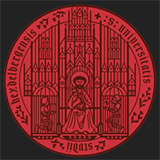
Heidelberg University
-
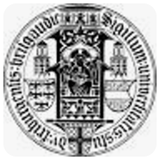
University of Freiburg
-
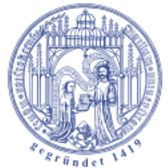
University of Rostock
-

University of Jena
-

University of Marburg
-
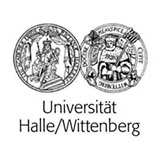
University of Halle-Wittenberg
-
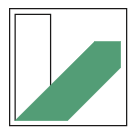
University of Bayreuth
-

Leipzig University
-

University of Tübingen
-
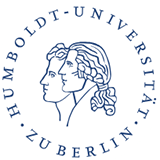
Humboldt University of Berlin
-

Mesoamerican University
-

Istmo University
-
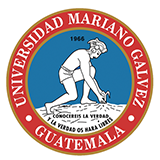
Mariano Galvez University of Guatemala
-
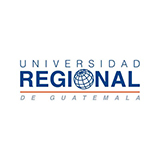
Regional University of Guatemala
-
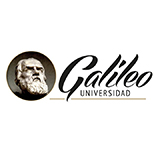
Galileo University
-

Francisco Marroquín University
-

Rafael Landívar University
-

University of the Valley of Guatemala
-

University of San Carlos of Guatemala
-

Technological Institute of Tlaxcala Plateau
-

Golfo University
-

Technological University of South Sonora
-

Technological University of Huejotzingo
-

Tizimín Institute of Technology
-

Chilpancingo Institute of Technology

